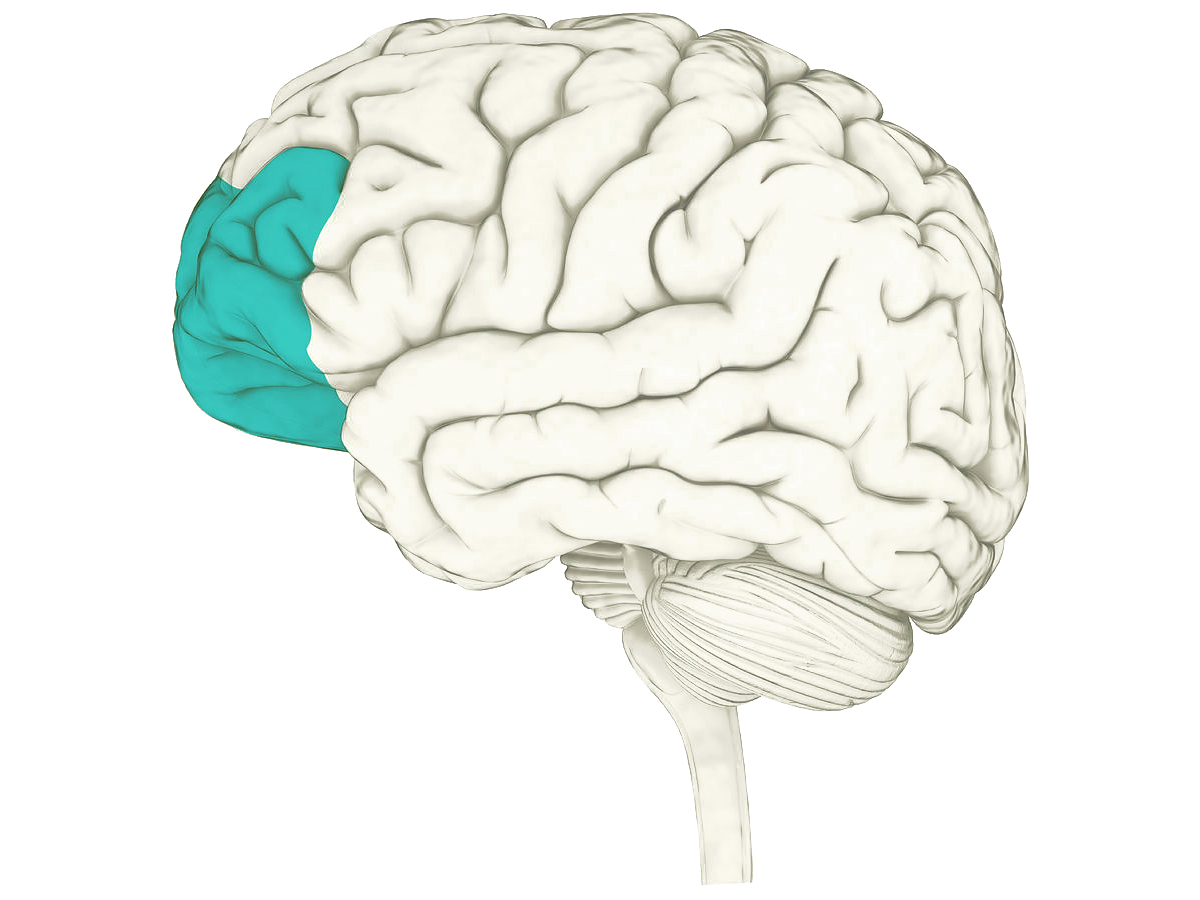“As we look back on the history of education while rethinking its goals of today, it is clear that ‘education must be a source of empowerment for individuals . . . it must open their minds to potential for new and better ideas.’”
“Self-awareness develops around one’s life and the experiences one goes through. Therefore, society plays a significant role in one’s self-awareness development, and teachers, who spend many hours a day with their students, influence the development of their students’ self-awareness through the activities they conduct. Although teachers are trained to impart specific domains of knowledge, their influence extends far beyond that role. Just as every event in the students’ lives affects their self-awareness development, every comment, type of behavior, and activity teachers employ influences their students. How teachers ask questions, present information, and behave provides students with different views of the world and of themselves. The students’ awareness of themselves and of their environment develops as a result of their interactions with the environment, and, at school, awareness develops as a result of the interactions and experiences provided by teachers to their students.”
Read More →








